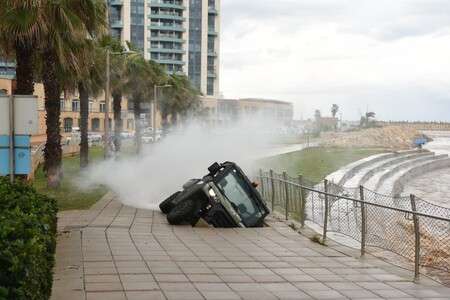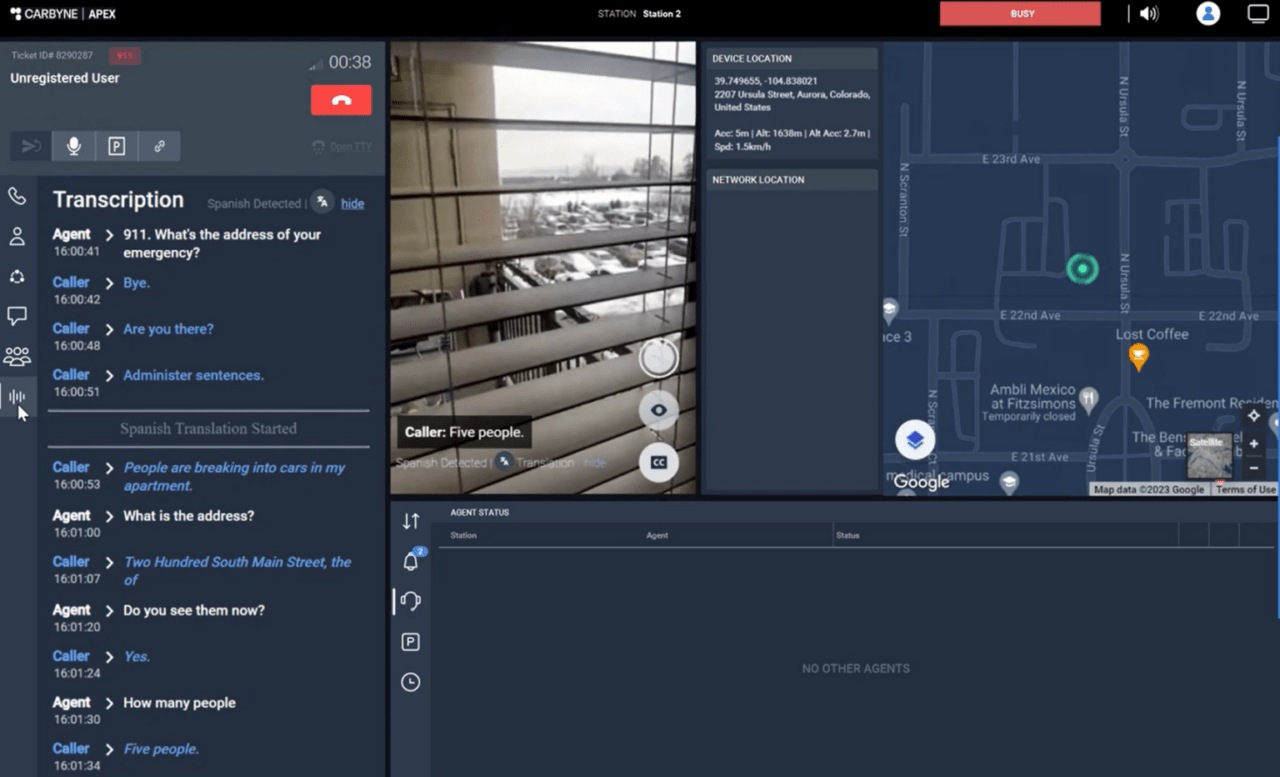Compassion Fatigue (CF) was a term first coined in the healthcare field to describe the cost of caring for individuals who are charged to care for those in crisis or undergoing trauma. As 9-1-1 professionals we are the caregivers of the entire public safety ecosystem: from caller, to responder, stakeholders, to the community, and back to us internally, our service is a cobweb touching all facets of the industry. We are the first of the first responder; the first care providers delivering emergency medical instructions, pre-arrival instructions, and sometimes just actively listening to create caring space. That caring space over the phone is crucial for talking to callers on their worst day, and speaking to some on their very last day. Callers like Debra Stevens of Arkansas who spent her last 22 minutes in fear of drowning in her car during swift water rain. The dispatcher repeatedly scolds her saying it’s her fault, shut up, stop freaking out you’re not going to die. Debbie died in that incident August 24th 2019 as a casualty of compassion fatigue. But compassion fatigue is a symptom, not the root cause of systemic service degradation.









